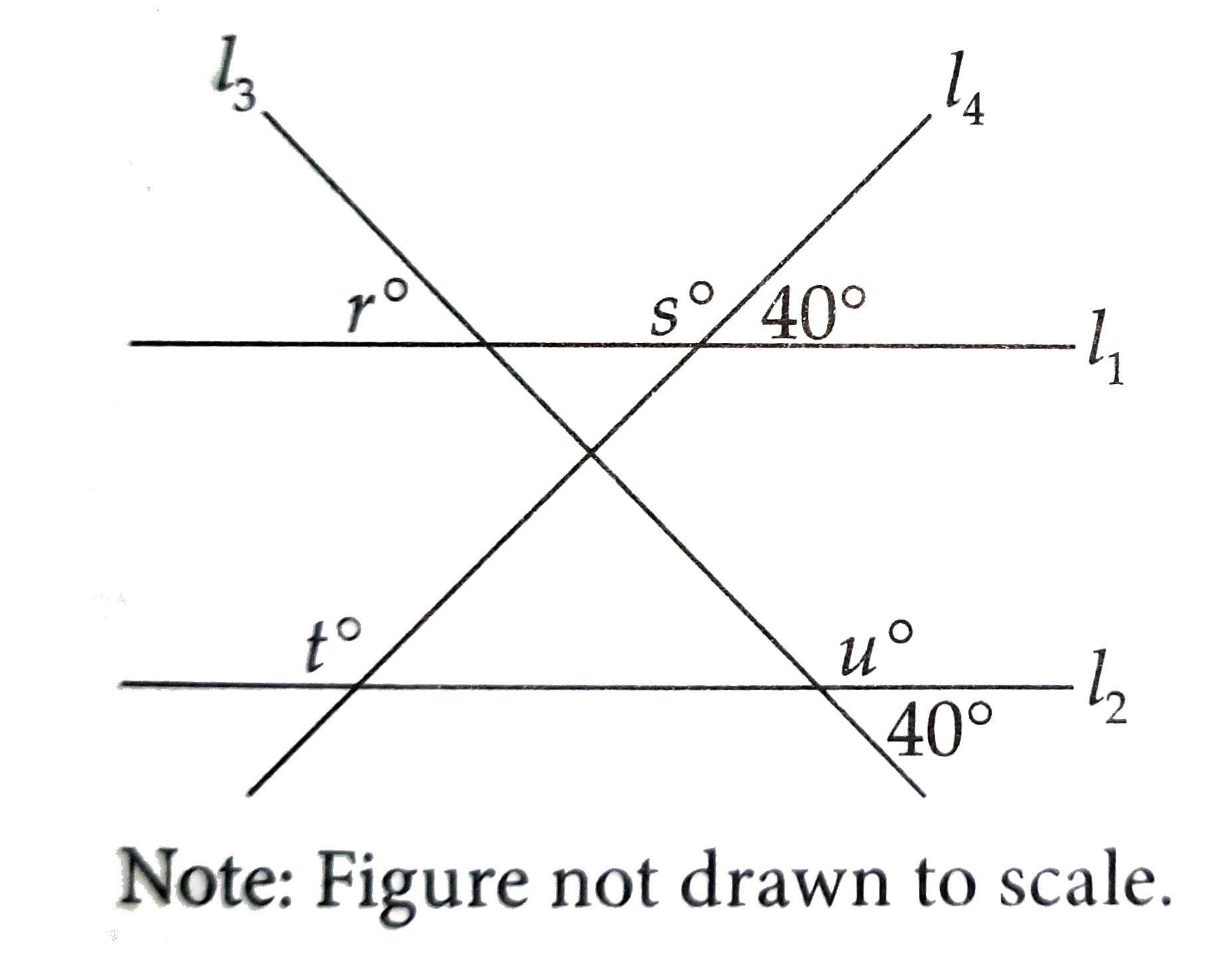Ammonia is always added in this reaction. Which of the following must be incorrect?
To solve the question regarding the addition of ammonia in the reaction involving a silver electrode cell, we need to evaluate the four statements provided and determine which one is incorrect. Let's go through each statement step by step.
Step 1: Understand the Reaction
The primary reaction at the silver electrode involves the reduction of silver ions (Ag⁺) to silver metal (Ag). The standard reduction potential (E°) for this reaction is approximately +0.8 V.
Step 2: Analyze the Addition of Ammonia
When ammonia (NH₃) is added to the silver electrode, it forms a complex ion, specifically (Ag(NH₃)₂)⁺. This complex has a different reduction potential, approximately +0.33 V.
Step 3: Evaluate Each Statement
1. Statement 1: "Ammonia combines with Ag⁺ to form a complex."
- This statement is correct. Ammonia does indeed form a complex with Ag⁺.
2. Statement 2: "Ag(NH₃)₂⁺ is a weaker oxidizing agent than Ag⁺."
- This statement is also correct. Since the reduction potential of Ag⁺ (+0.8 V) is higher than that of Ag(NH₃)₂⁺ (+0.33 V), Ag⁺ is a stronger oxidizing agent.
3. Statement 3: "In the absence of ammonia, silver salt of gluconic acid is formed."
- This statement is correct. In the absence of ammonia, gluconic acid can form, which is a reaction involving glucose and water.
4. Statement 4: "Ammonia has affected the standard reduction potential of gluconic acid electrode."
- This statement is incorrect. Ammonia does not affect the standard reduction potential of the gluconic acid electrode. The presence of ammonia is primarily to prevent the precipitation of silver oxide and does not change the inherent reduction potential of gluconic acid.
Conclusion
The incorrect statement is Statement 4: "Ammonia has affected the standard reduction potential of gluconic acid electrode."
---
The primary reaction at the silver electrode involves the reduction of silver ions (Ag⁺) to silver metal (Ag). The standard reduction potential (E°) for this reaction is approximately +0.8 V.
When ammonia (NH₃) is added to the silver electrode, it forms a complex ion, specifically (Ag(NH₃)₂)⁺. This complex has a different reduction potential, approximately +0.33 V.
1. Statement 1: "Ammonia combines with Ag⁺ to form a complex."
- This statement is correct. Ammonia does indeed form a complex with Ag⁺.
- This statement is also correct. Since the reduction potential of Ag⁺ (+0.8 V) is higher than that of Ag(NH₃)₂⁺ (+0.33 V), Ag⁺ is a stronger oxidizing agent.
- This statement is correct. In the absence of ammonia, gluconic acid can form, which is a reaction involving glucose and water.
- This statement is incorrect. Ammonia does not affect the standard reduction potential of the gluconic acid electrode. The presence of ammonia is primarily to prevent the precipitation of silver oxide and does not change the inherent reduction potential of gluconic acid.
The incorrect statement is Statement 4: "Ammonia has affected the standard reduction potential of gluconic acid electrode."
Topper's Solved these Questions
- ELECTROCHEMISTRYBOOK - VMC MODULES ENGLISHCHAPTER - ELECTROCHEMISTRYEXERCISE - FUNDAMENTAL
50 Videos
- ELECTROCHEMISTRYBOOK - VMC MODULES ENGLISHCHAPTER - ELECTROCHEMISTRYEXERCISE - ENABLE
50 Videos
- ELECTROCHEMISTRYBOOK - VMC MODULES ENGLISHCHAPTER - ELECTROCHEMISTRYEXERCISE - JEE Main (Archive)
57 Videos
- CLASSIFICATION OF ELEMENTS AND PERIODICITY IN PROPERTIES BOOK - VMC MODULES ENGLISHCHAPTER - CLASSIFICATION OF ELEMENTS AND PERIODICITY IN PROPERTIES EXERCISE - JEE ADVANCE (ARCHIVE)
30 Videos
- ENVIRONMENTAL CHEMISTRYBOOK - VMC MODULES ENGLISHCHAPTER - ENVIRONMENTAL CHEMISTRYEXERCISE - JEE Main (Archive)
39 Videos
Similar Questions
Knowledge Check

Which of the following must be true?Al1∣∣l2Bl3 bisects l4Cs=tDu=140∘
Which of the following statements is incorrect?
View SolutionWhich of the following is incorrect ?
View SolutionWhich of the following is incorrect
View SolutionWhich of the following is incorrect?
View SolutionWhich of the following is incorrect
View SolutionWhich of following statement is incorrect?
View SolutionWhich of the following is incorrect statement?
View Solution